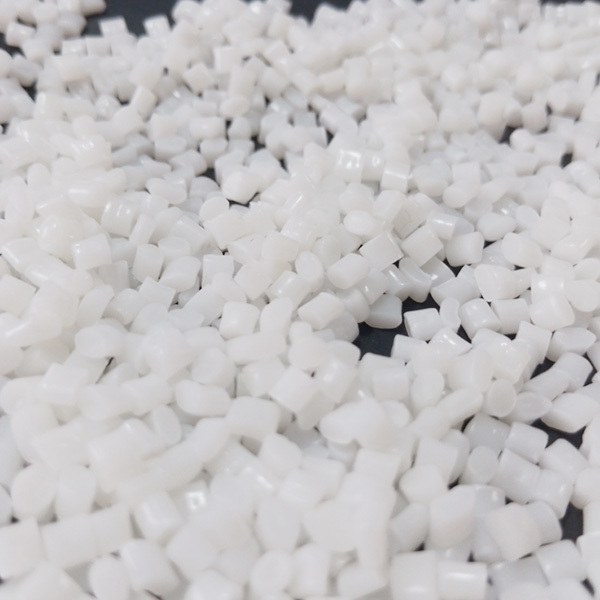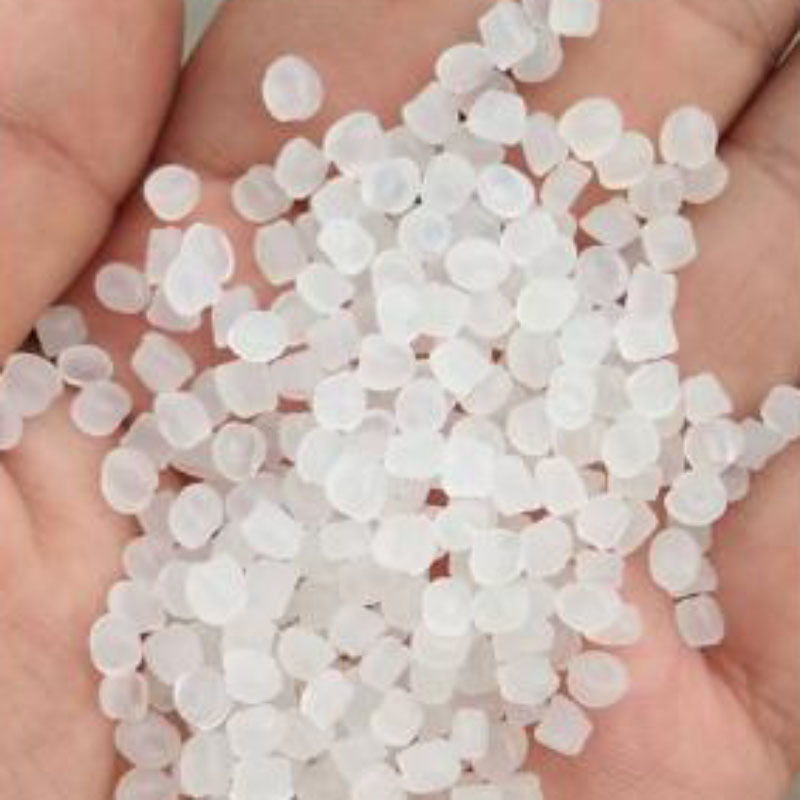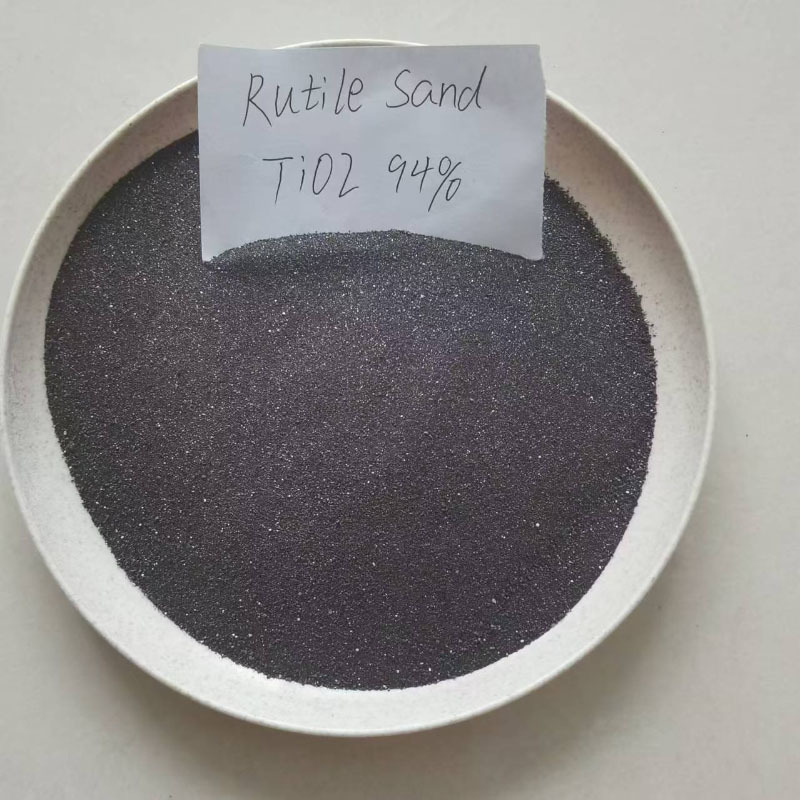Environmental Regulations Shaping the Future of Plastic Raw Materials Production
Release Time:
Jun 05,2025
Environmental Regulations Shaping the Future of Plastic Raw Materials Production The production of plastic raw materials is undergoing significant transformation, driven by environmental regulations that aim to mitigate the impact of plastic on our planet. As the world grapples with the repercussions of plastic pollution, these regulations are increasingly affecting the way plastic materials are m
Environmental Regulations Shaping the Future of Plastic Raw Materials Production
The production of plastic raw materials is undergoing significant transformation, driven by environmental regulations that aim to mitigate the impact of plastic on our planet. As the world grapples with the repercussions of plastic pollution, these regulations are increasingly affecting the way plastic materials are manufactured, used, and disposed of. In this article, we will explore the various ways in which environmental regulations are shaping the future of plastic raw materials production, providing insights into the challenges and opportunities that arise in this evolving landscape.
Table of Contents
- 1. Introduction to Environmental Regulations in Plastic Production
- 2. Key Environmental Regulations Affecting Plastic Raw Materials
- 2.1 The European Union's REACH Regulation
- 2.2 The U.S. Toxic Substances Control Act (TSCA)
- 2.3 California’s Proposition 65
- 3. The Role of Sustainability in Plastic Production
- 3.1 The Shift Towards Biodegradable Plastics
- 3.2 Recycling Initiatives and Circular Economy
- 4. Impacts of Environmental Regulations on Production Costs
- 5. Innovations in Plastic Production Technology
- 6. Case Studies of Companies Adapting to Regulations
- 7. Future Trends in Environmental Regulations and Plastic Production
- 8. Conclusion
- 9. FAQs
1. Introduction to Environmental Regulations in Plastic Production
As environmental concerns escalate globally, regulations governing plastic production are becoming more stringent. These regulations aim to protect human health and the environment by controlling the use of hazardous substances, ensuring proper waste management, and promoting sustainability within the plastic industry. Compliance with these regulations is not just a legal obligation; it has become a competitive necessity for businesses looking to maintain their reputation and market share.
2. Key Environmental Regulations Affecting Plastic Raw Materials
2.1 The European Union's REACH Regulation
One of the most impactful regulations in Europe is the REACH (Registration, Evaluation, Authorisation, and Restriction of Chemicals) regulation. REACH requires manufacturers and importers to register chemical substances used in the production of plastics. This regulation aims to ensure that hazardous substances are identified and managed appropriately, minimizing risks to human health and the environment. Companies must invest in research to comply with REACH, driving innovation in safer alternatives and sustainable practices.
2.2 The U.S. Toxic Substances Control Act (TSCA)
In the United States, the Toxic Substances Control Act (TSCA) plays a crucial role in regulating chemical substances. TSCA empowers the Environmental Protection Agency (EPA) to assess the safety of new and existing chemicals, including those used in plastic production. Compliance with TSCA requires companies to conduct rigorous testing and reporting, influencing their operational strategies and production processes.
2.3 California’s Proposition 65
California’s Proposition 65 mandates that businesses provide warnings to consumers about significant exposures to chemicals that may cause cancer, birth defects, or other reproductive harm. This regulation has a direct impact on plastic manufacturers, prompting them to reformulate products and disclose potential hazards. As a result, companies are increasingly focusing on transparency and consumer safety, which can enhance brand loyalty.
3. The Role of Sustainability in Plastic Production
3.1 The Shift Towards Biodegradable Plastics
Sustainability is at the forefront of discussions surrounding plastic production. As environmental regulations push for reduced reliance on traditional plastics, there is a growing trend towards the development of biodegradable plastics. These materials are designed to break down more easily in the environment, reducing long-term pollution. Companies investing in biodegradable options can capitalize on emerging markets and consumer preferences for eco-friendly products.
3.2 Recycling Initiatives and Circular Economy
The concept of a circular economy is gaining traction within the plastic industry, driven by regulatory frameworks that encourage recycling and waste reduction. Initiatives aimed at increasing recycling rates not only comply with regulations but also improve resource efficiency. Companies adopting circular economy principles can minimize waste and create new revenue streams through the sale of recycled materials, positioning themselves as leaders in sustainable practices.
4. Impacts of Environmental Regulations on Production Costs
While compliance with environmental regulations is essential, it often leads to increased production costs. Manufacturers may face expenses related to research and development, testing, and compliance reporting. However, these costs can be offset by long-term benefits, such as enhanced brand reputation, reduced liability, and access to new markets. Moreover, companies that proactively adapt to regulations can avoid costly fines and potential disruptions to their supply chains.
5. Innovations in Plastic Production Technology
In response to mounting regulatory pressures, the plastic industry is witnessing a wave of innovation. Companies are investing in new technologies that enhance production efficiency and reduce environmental impact. Innovations such as advanced recycling techniques, bio-based feedstocks, and alternative materials are transforming the landscape of plastic production. These advancements not only help companies comply with regulations but also position them competitively in a rapidly evolving market.
6. Case Studies of Companies Adapting to Regulations
Several companies have successfully navigated the complexities of environmental regulations, showcasing best practices in adaptation. For instance, a leading plastic manufacturer implemented an extensive sustainability program, which included a commitment to reducing their carbon footprint and transitioning to renewable energy sources. By doing so, they not only complied with regulations but also enhanced their market position by appealing to environmentally conscious consumers.
Another example can be seen in a startup focused on biodegradable plastics. By leveraging innovative materials and sustainable production methods, they have captured a niche market and gained recognition as pioneers in eco-friendly solutions. These case studies illustrate that compliance with environmental regulations can drive innovation and open new pathways for growth.
7. Future Trends in Environmental Regulations and Plastic Production
The landscape of environmental regulations is constantly evolving. Emerging trends indicate a shift towards more comprehensive regulations that encompass the entire lifecycle of plastic products. Future regulations may focus on reducing single-use plastics, enhancing transparency in the supply chain, and promoting sustainable practices across the industry. Companies that stay ahead of these trends and proactively adapt will likely gain a competitive edge in a market increasingly driven by sustainability concerns.
8. Conclusion
The impact of environmental regulations on plastic raw materials production is profound and multifaceted. These regulations not only dictate how plastics are produced but also shape the industry's future. Companies must navigate the challenges posed by compliance while seizing the opportunities that arise from innovation and sustainability. By embracing these changes, the plastic industry can contribute positively to environmental conservation while meeting the growing demand for responsible manufacturing practices.
9. FAQs
Q1: What are the main environmental regulations affecting plastic production?
A1: Key regulations include the EU's REACH, the U.S. TSCA, and California's Proposition 65. These laws aim to manage hazardous substances and promote consumer safety.
Q2: How do environmental regulations impact production costs?
A2: Compliance with regulations typically results in increased costs related to research, testing, and reporting. However, these costs can lead to long-term benefits like improved brand reputation.
Q3: What is the significance of biodegradable plastics?
A3: Biodegradable plastics offer a more sustainable alternative to traditional plastics, as they are designed to break down more easily and reduce environmental pollution.
Q4: How can companies stay ahead of changing regulations?
A4: Companies can stay proactive by investing in research and development, adopting sustainable practices, and keeping abreast of regulatory changes to adapt their strategies accordingly.
Q5: What role does innovation play in adapting to environmental regulations?
A5: Innovation drives the development of new materials and production methods that not only comply with regulations but also enhance efficiency and reduce environmental impact.
Keywords:
You Can Also Learn More About Industry Trends






